Japanese Privet Tree: The Ultimate Guide To Planting Growing And Caring For This Versatile Shrub
Japanese Privet Tree: The Ultimate Guide to Planting, Growing, and Caring for This Versatile Shrub
Japanese privet trees are a popular choice for landscaping because they are fast-growing, evergreen, and relatively easy to care for. They can be used as hedges, screens, or specimen plants, and they can tolerate a wide range of conditions.
In this blog post, we will provide an in-depth guide to planting, growing, and caring for Japanese privet trees. We will cover everything from choosing the right location to pruning and pest control.
Choosing the Right Location
Japanese privet trees can grow in a variety of soils, but they prefer well-drained, loamy soil. They also need full sun to partial shade. If you live in an area with hot summers, you may want to choose a location with some afternoon shade.
Planting
Japanese privet trees can be planted in the spring or fall. When planting, dig a hole that is twice as wide and as deep as the root ball of the tree. Backfill the hole with soil, tamping it down firmly. Water the tree well after planting.
Watering
Japanese privet trees need regular watering, especially during the first year after planting. Once they are established, they can tolerate some drought. However, they will do best with about an inch of water per week during the summer months.
Fertilizing
Japanese privet trees do not need to be fertilized often. A light application of fertilizer in the spring will help them to grow and flower well.
Pruning
Japanese privet trees can be pruned to maintain their shape or to keep them from getting too large. You can prune them in the spring or fall. If you are pruning them to create a hedge, be sure to prune the top of the hedge narrower than the bottom to allow light to reach the lower branches.
Pests and Diseases
Japanese privet trees are relatively resistant to pests and diseases. However, they can be susceptible to aphids, leaf miners, and scale insects. If you notice any pests or diseases on your tree, you can treat them with an insecticidal soap or neem oil.
Conclusion
Japanese privet trees are a versatile and easy-care shrub that can add beauty and privacy to your landscape. With proper care, they can thrive for many years.
FAQ of japanese privet tree
- What is a Japanese privet tree?
A Japanese privet tree is a fast-growing, evergreen shrub or small tree that is native to East Asia. It is known for its glossy, dark green leaves and small, white flowers that bloom in the summer. Japanese privet trees are often used as hedges or screens, as they can be easily trimmed and shaped. They are also relatively drought-tolerant and pollution-resistant, making them a good choice for urban areas.
- How do I care for a Japanese privet tree?
Japanese privet trees are relatively easy to care for. They prefer full sun or partial shade and well-drained soil. They should be watered regularly, especially during the first year after planting. Japanese privet trees do not require a lot of fertilizer, but they may benefit from a light application of fertilizer in the spring or fall. They should be pruned in the spring to remove dead or damaged branches and to shape the tree.
- What are some common problems with Japanese privet trees?
Some common problems with Japanese privet trees include:
* Aphids: Aphids are small, sap-sucking insects that can cause leaves to wilt and curl. They can be controlled with insecticidal soap or neem oil.
* Leaf spot: Leaf spot is a fungal disease that causes leaves to develop brown or black spots. It can be controlled with a fungicide.
* Scale insects: Scale insects are small, sap-sucking insects that attach themselves to the bark of trees. They can be controlled with a horticultural oil or insecticidal soap.
- Is Japanese privet tree invasive?
Yes, Japanese privet tree is considered to be an invasive species in some parts of the world. This means that it can spread rapidly and outcompete native plants. If you are considering planting a Japanese privet tree, it is important to check with your local nursery or garden center to see if it is legal to do so in your area.
- What are some other uses for Japanese privet tree?
In addition to being used as a hedge or screen, Japanese privet tree can also be used for:
* Bonsai: Japanese privet trees are a popular choice for bonsai because they are relatively easy to care for and can be trained into a variety of shapes.
* Cuttings: Japanese privet trees can be propagated from cuttings, which makes them a relatively inexpensive way to add new plants to your garden.
* Fencing: Japanese privet trees can be planted close together to create a natural fence.
Image of japanese privet tree
10 different images of Japanese privet tree that are free to use:
- Japanese privet tree in full bloom. The tree has small, creamy-white flowers that bloom in late spring to early summer.
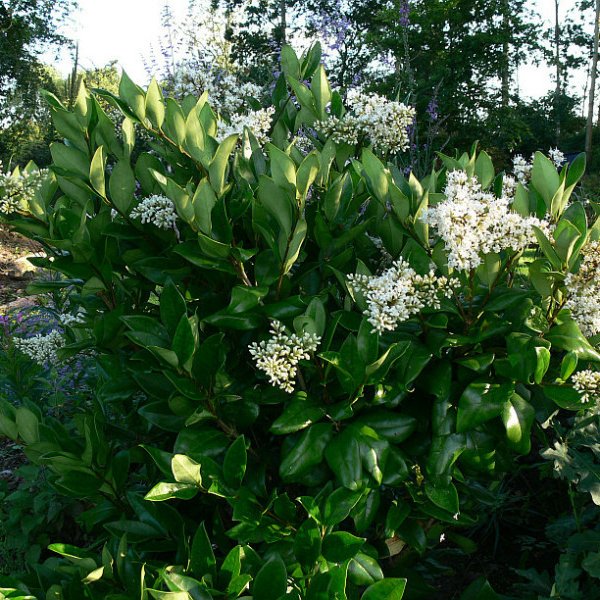
- Close-up of Japanese privet flowers. The flowers are clustered together in upright panicles.
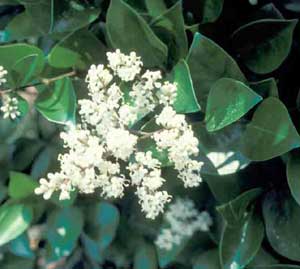
- Japanese privet tree with green leaves. The leaves are glossy, oval-shaped, and dark green.
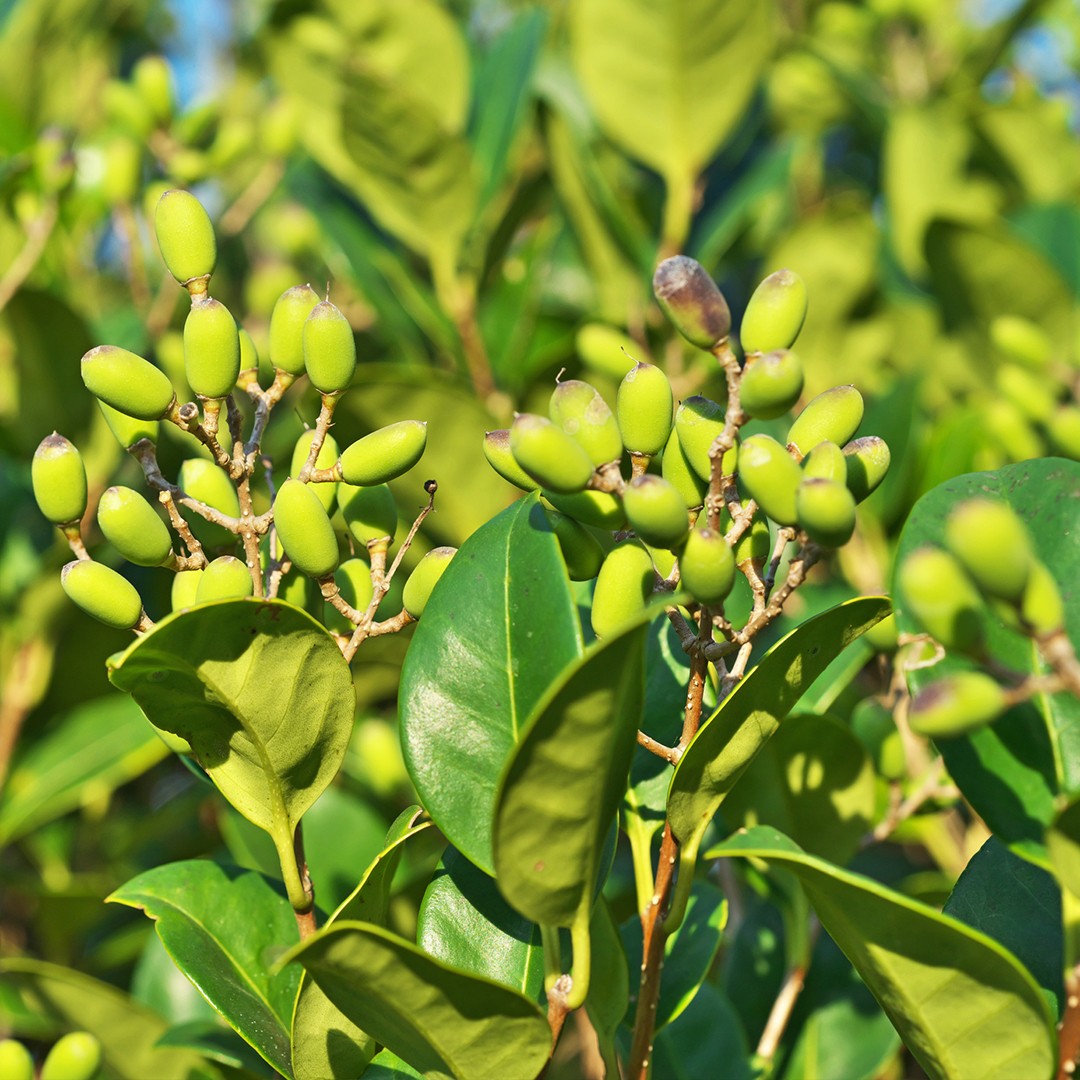
- Japanese privet tree with variegated leaves. Some cultivars of Japanese privet have leaves that are variegated with white or yellow.
/assets/plants/plant_18548/plant_18548_shoot_20150303205235.jpg)
- Japanese privet tree as a hedge. Japanese privet trees can be pruned into hedges.

- Japanese privet tree as a screen. Japanese privet trees can also be used as screens to block out unwanted views.

- Japanese privet tree in a park. Japanese privet trees are often planted in parks and other public areas.
- Japanese privet tree in a garden. Japanese privet trees can also be grown in gardens.
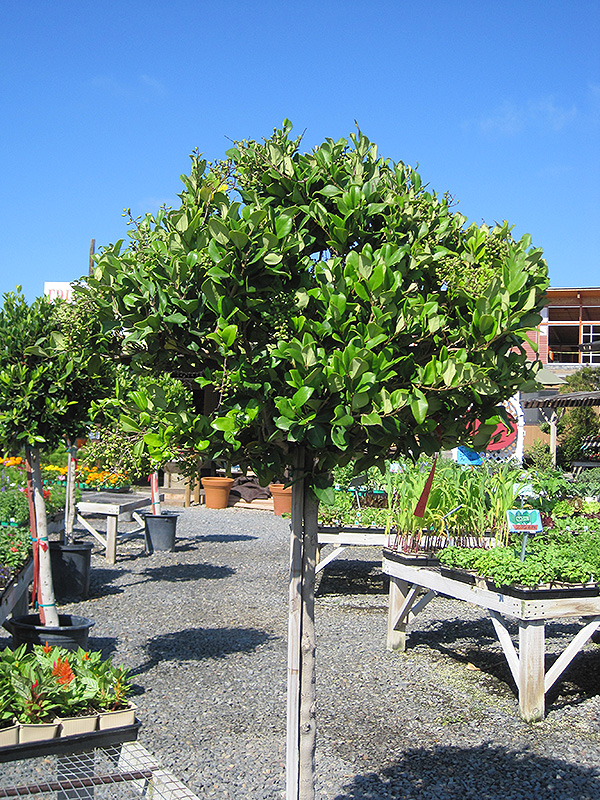
- Japanese privet tree in a container. Japanese privet trees can also be grown in containers.

- Japanese privet tree in winter. Japanese privet trees are evergreen, so they will retain their leaves even in winter.
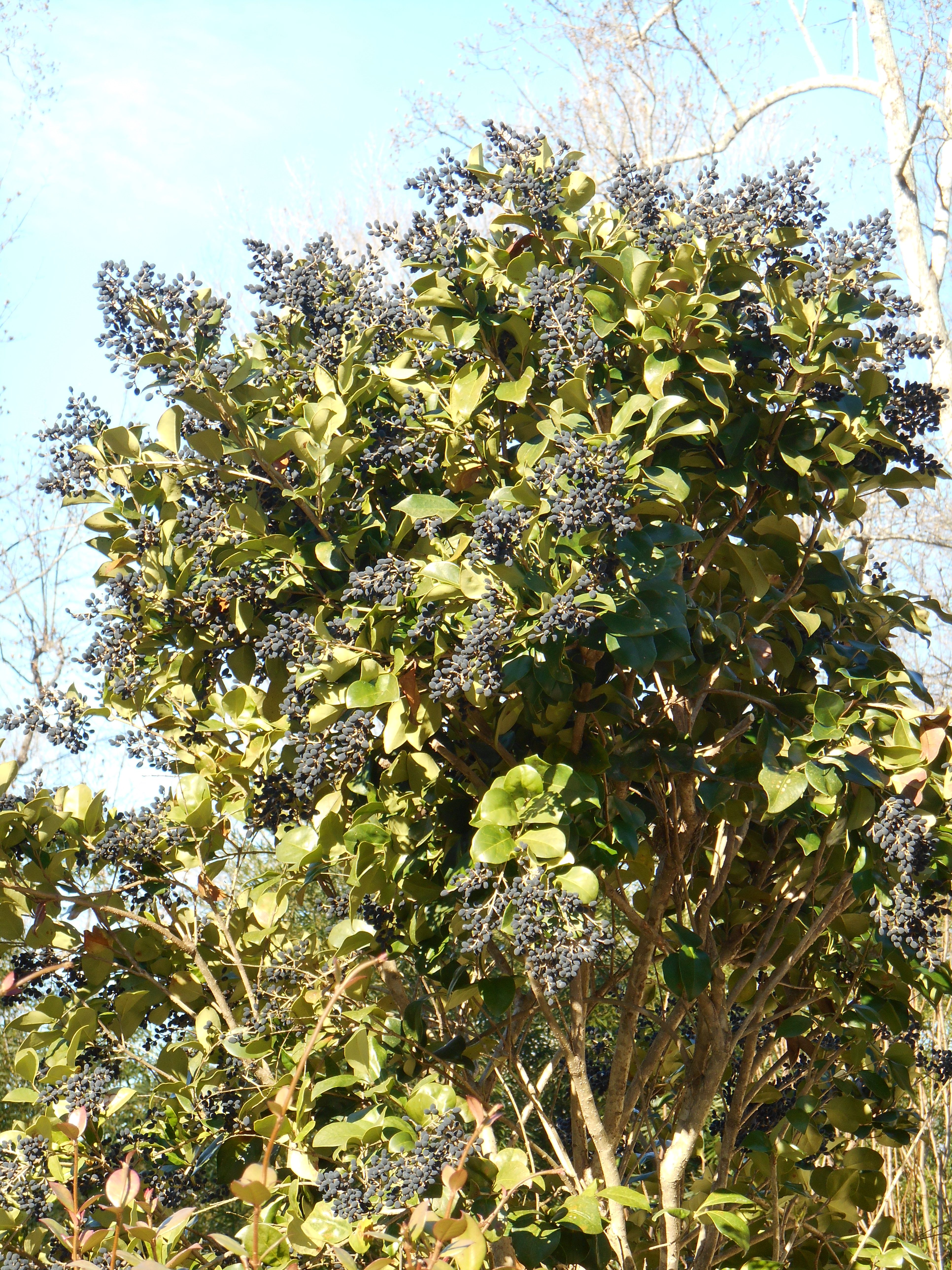
Post a Comment for "Japanese Privet Tree: The Ultimate Guide To Planting Growing And Caring For This Versatile Shrub"